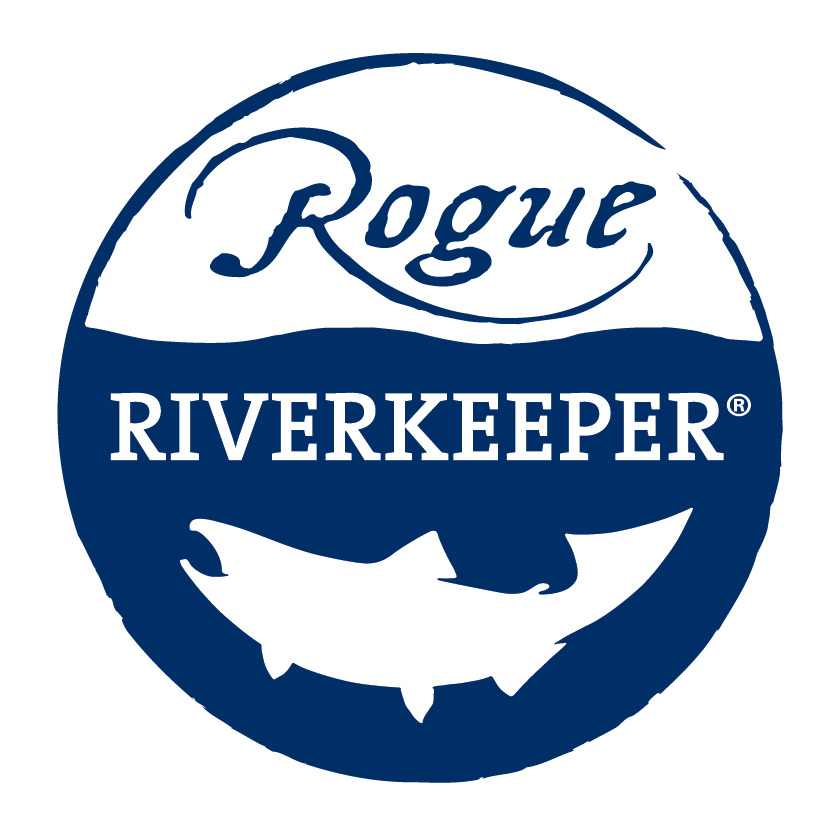For Immediate Release, July 26, 2019
Contacts: Nick Cady, Cascadia Wildlands, (314) 482-3746, nick@cascwild.org
Robyn Janssen, Rogue Riverkeeper (541) 488-9831, robyn@rogueriverkeeper.org
Board of Forestry Grants Petition to Protect Coho Salmon Sites from Private and State Logging
SALEM, Ore.— Late Wednesday afternoon after hours of deliberation, the Oregon Board of Forestry voted 5-2 to accept a petition for rulemaking on coho salmon. The petition was brought by 22 different conservation and fishing groups under a rarely used portion of the Forest Practices Act which requires the Board to consider forest protections on private and state land when species are listed under state or federal endangered species acts. The Board is required to identify “resource sites” for listed species and subsequently develop rules to protect these species if threatened by state and private logging practices.
While coho salmon have been threatened with extinction for years, the Board of Forestry has until now never initiated a state-mandated review of its rules to protect the fish. “The Oregon Forest Practices Act requires the Board of Forestry to address conflicts between logging and habitat for species at risk of extinction,” said Nick Cady, Legal Director with Cascadia Wildlands. “The major ongoing conflict between logging practices and coho salmon habitat is finally getting the hard look it deserves.”
The Board has only undertaken such efforts for a handful of bird species and had never done such work for coho salmon, which are listed as threatened by the federal U.S. Fish and Wildlife Service. The petition specifically asked the Board to (1) collect and analyze the best available information on coho salmon; (2) conduct a resource site inventory; and (3) adopt rules to protect resource sites and to develop a process to identify new sites in the future.
“This resource site process allows the state of Oregon to take a holistic look at the numerous different ways logging impacts salmon and its breeding habitat. Practices that perpetuate poor habitat conditions like intensive logging too close to streams and on landslide-prone areas, sediment from forest roads, and large areas dominated by clear-cuts and said Robyn Janssen with Rogue Riverkeeper. “Oregon’s rules for state and private timberlands are the weakest in the Pacific Northwest, and it is encouraging to see the Board take its first steps towards addressing these deficiencies.”
Oregon has relied heavily on voluntary measures by timber companies to protect coho. Between 1995 and 2017, taxpayers invested $65 million dollars of public funds on instream habitat restoration efforts. However, Oregon’s weak forest practices rules still allow logging to degrade aquatic habitat critical to the recovery of coho salmon. “It is an obvious case of one step forward, two steps back. We need to address the root causes of fish decline. The public’s investments in habitat restoration activities cannot keep up with the pace or scale of the ongoing degradation from poor forest practices,” said Nick Cady. “The Board has a perfect opportunity now to address these inefficiencies and meaningfully address salmon recovery where it matters most.”
